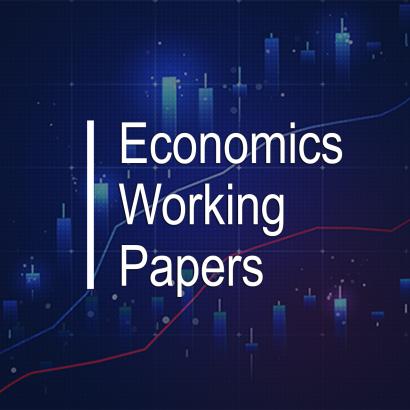- Economics
Economics Working Paper 21116
Abstract: In August of 2020 Chair Jerome Powell (2020) unveiled the Federal Reserve’s revised “Statement on Longer-run Goals and Monetary Policy Strategy.” The revision made several significant changes to the original statement first announced in January 2012.1 Importantly, it changed the Fed’s interpretation of its inflation and employment mandates in important ways. The breadth and lack of clarity expressed in the new interpretations led Levy and Plosser (2020) to conclude that going forward, the Fed has laid the foundation for a less transparent more discretionary regime that will likely result in a more uncertain or unpredictable path for monetary policy. There is little doubt that the economic experience of the post-financial crisis (GFC) had a strong influence on the new strategic approach adopted by the Fed, and it is reflected in its implementation of the new strategy. The key questions are, Did the Fed take away the right lessons from its post crisis evaluation and are the solutions it adopted transparent, credible, effective, and robust? What are the risks if the Fed fails to execute the strategy as planned or it does not deliver the desired outcomes?
DOWNLOAD: The Fed’s Risky Experiment.pdf







